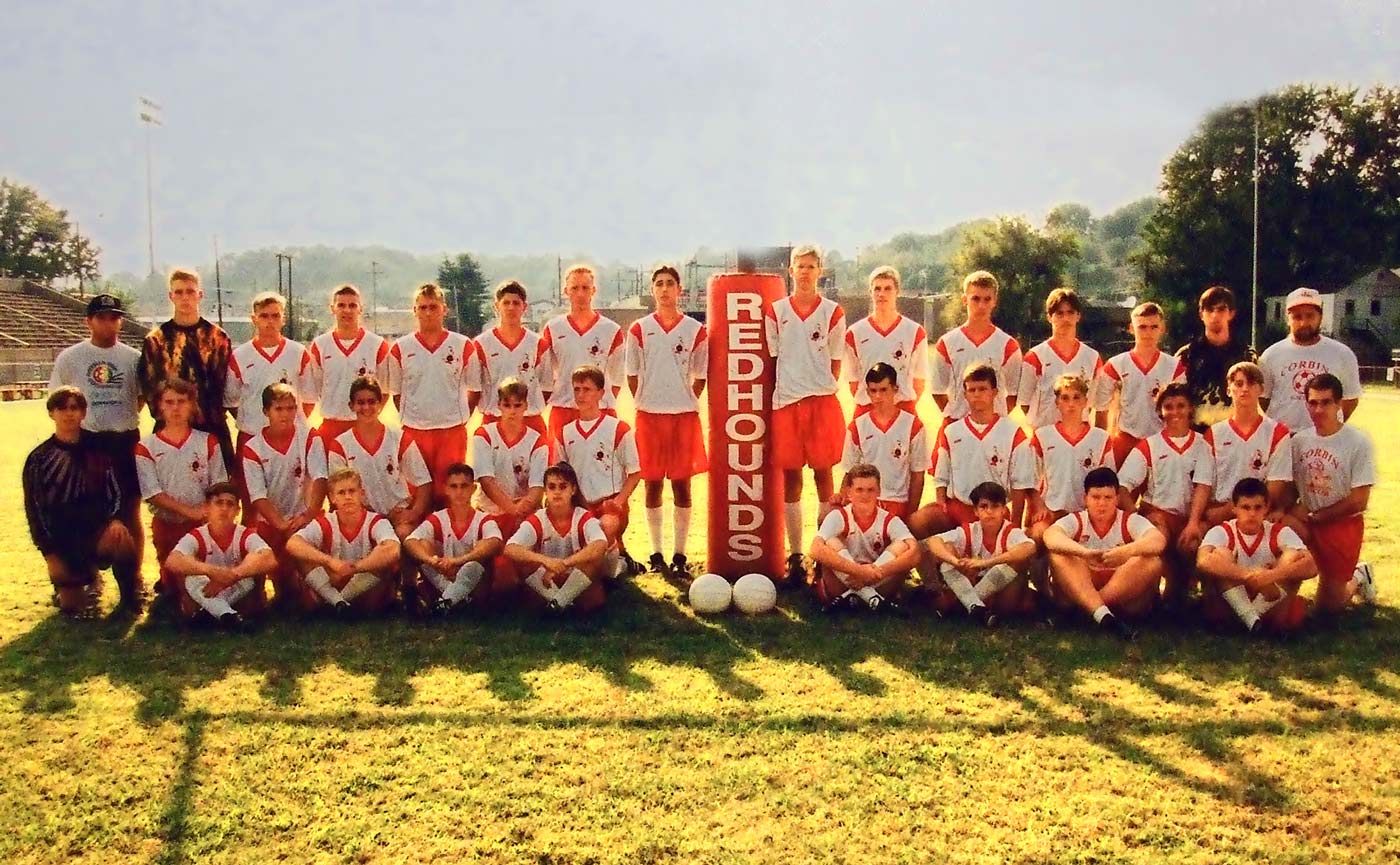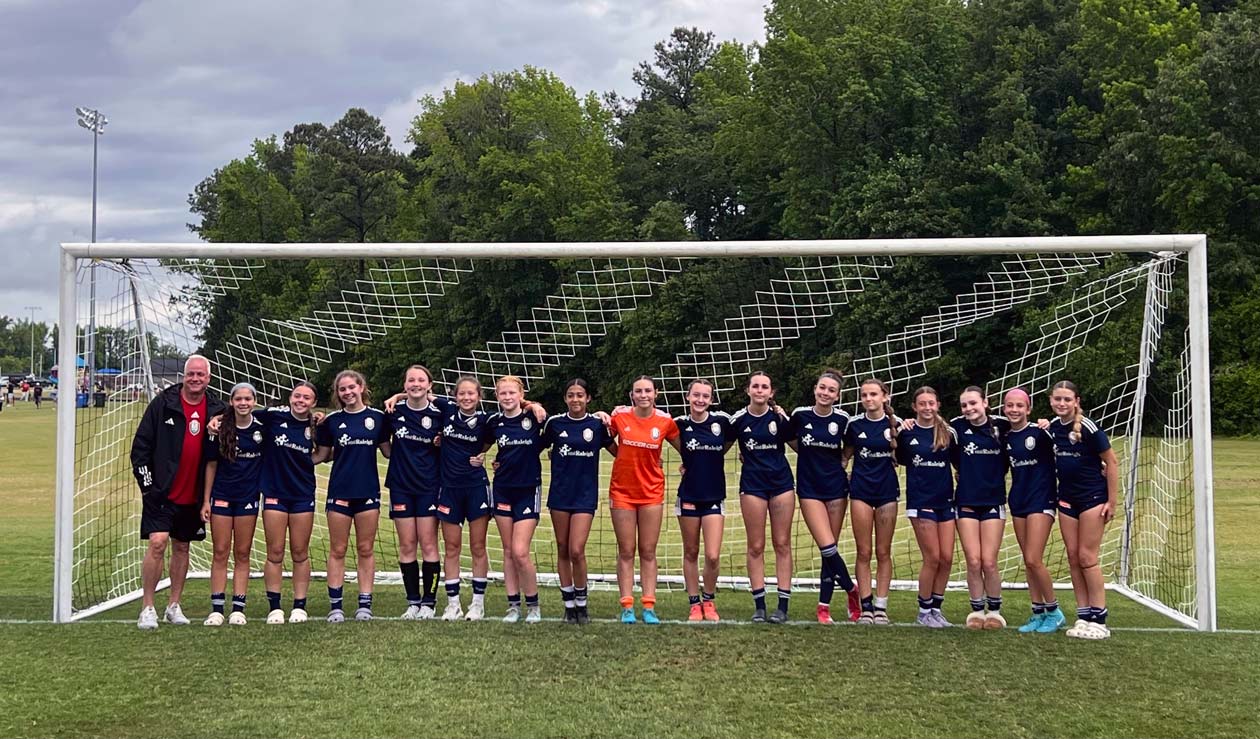Insurance For Soccer Clubs
Running a soccer club comes with a surprising number of risks, from players getting hurt at practice to property getting damaged at the field. Soccer insurance is there to help clubs, teams, and leagues avoid financial headaches from accidents, injuries, and liability claims that can pop up during games, practices, or club events. Honestly, as soccer keeps gaining traction across the U.S., this kind of coverage is almost a must-have.
With how fast-paced the sport is, it’s not hard to imagine situations where teams and leagues need protection against injury-related medical costs and liability claims. Think player concussions from rough collisions, a stray ball hitting a spectator, or even just damage to the field or equipment. If a club doesn’t have insurance, even one of these incidents could become a major financial problem for organizers.
Knowing what kinds of coverage are out there makes a big difference when clubs are trying to figure out what they really need. This guide breaks down the main insurance options for soccer clubs—from basic accident policies to more complete liability packages—and offers a little advice on picking a policy that actually fits your club’s situation.
Intro Highlights
- Soccer insurance helps clubs avoid financial fallout from player injuries, property damage, and liability claims
- Coverage options range from accident insurance and general liability to special policies for tournaments and camps
- Choosing the right provider depends on things like club size, what activities you run, and your specific risks
Why Soccer Clubs Need Insurance
Soccer clubs deal with plenty of physical and financial risks that can get expensive—or even land you in legal trouble. Injuries during games and practices mean medical bills, and clubs can be held responsible for accidents involving players, spectators, or even staff.
Common Risks and Injuries in Soccer
Soccer’s a physical game. All that running, sliding, and bumping into each other? It’s a recipe for injuries. It’s pretty common for players to twist an ankle if they land funny or collide with someone mid-run.
Fractures are another big one—whether it’s a hard fall or a direct kick, arms, legs, and ribs can all take a beating out there.
Head injuries are no joke either. Concussions often happen when players crash into each other or get hit by the ball at full speed.
Most Common Soccer Injuries:
- Ankle and knee sprains
- Muscle strains and pulls
- Fractures in arms and legs
- Concussions and head trauma
- Cuts and bruises
Bad weather just makes things riskier. Wet fields get slippery fast, and if the field isn’t maintained—holes, uneven patches—you’re asking for twisted ankles or worse.
Soccer insurance coverage can help clubs handle the medical bills that come with these injuries. Without it, just one trip to the ER could put a serious dent in a club’s budget.
Legal and Financial Liabilities for Clubs
There’s more to worry about than just player injuries. Clubs can be held liable for accidents involving spectators, volunteers, or visiting teams, especially if something happens on club property.
Liability coverage steps in if someone gets hurt by a flying ball or because the facility wasn’t safe. If a club doesn’t supervise practices properly and a player gets hurt, that’s another situation where lawsuits can happen.
Equipment can be a problem too. Broken goals or nets, or faulty field gear, can lead to injuries—and expensive legal trouble.
Key Liability Areas:
- Spectator injuries from balls or falls
- Unsafe field conditions
- Equipment malfunctions
- Inadequate supervision claims
- Property damage during events
Specialized Soccer Insurance Products

Soccer clubs sometimes need more than just the basics. For tournaments, camps, or even individual player activities, there are specialized policies that cover risks standard insurance might miss. These extras can really save the day when something unexpected happens.
Tournament Insurance
Soccer tournaments bring together a lot of teams, big crowds, and long days on the field—so the risks really pile up. Tournament insurance is one of those things event organizers and clubs just can’t skip if they want to sleep at night.
Coverage typically includes:
- Event cancellation from weather or emergencies
- Spectator injury claims
- Property damage at venues
- Extra liability limits for multi-day events
If a tournament gets called off because of bad weather, facility issues, or something totally unexpected, organizers can end up on the hook for a lot of money. This kind of insurance helps them recover lost registration fees, facility expenses, and other pre-paid costs that otherwise might never come back.
Plenty of tournaments also require clubs to carry certain insurance minimums. The thing is, basic club policies often don’t cut it for these bigger events—so, yeah, tournament-specific coverage becomes pretty much a must.
Soccer Camp Insurance
Most general liability policies actually leave out camps, clinics, and overnight stuff. Soccer camp insurance fills in those gaps with more tailored protection.
Key features include:
- Coverage for overnight and multi-day camps
- Protection during private training
- Extra medical coverage for campers
- Counselor and staff liability
Camps are a different animal compared to regular team practices. Kids might not know each other or the coaches, and with longer hours and overnight stays, the chances for injuries or incidents just go up.
Camp insurance also covers gear used just for camp—like pop-up goals, cones, and whatever else is dragged out for drills. These things aren’t always protected under the usual team policy.
Insurance for Individual Players
For soccer players—especially those playing at higher levels—personal coverage is a big deal. Team policies only go so far, and this protection actually follows a player from team to team and across competitions.
Coverage options include:
- Career-ending injury protection
- Medical expenses beyond team limits
- Coverage during solo training
- Protection for playing with multiple teams
Elite players know that one bad injury could end everything. Individual policies help cover lost scholarships or even professional dreams if things go sideways.
Players who jump between club, school, and select squads can run into awkward coverage gaps. Most team policies only apply during official practices or games for that one organization.
Personal soccer insurance sticks with the player, no matter where or who they’re playing with during the season. It’s peace of mind, honestly.
Frequently Asked Questions
Soccer club insurance can get complicated, with different types of coverage, cost factors, and policy details. Requirements shift depending on team level and facilities, and tournaments usually demand extra protection that standard team policies might not cover.
What types of coverage options are available for youth soccer insurance?
Youth soccer insurance usually covers a few main things. General liability insurance protects teams, coaches, and volunteers from claims of negligence or accidents during games and practices.
Player accident insurance helps pay medical bills if a kid gets hurt playing soccer—emergency rooms, doctor visits, all that stuff.
Property insurance covers things like goals, balls, and uniforms if they get stolen or damaged. Some plans even help with travel expenses if a trip gets canceled for a covered reason.
Directors and officers insurance looks out for club leadership, protecting them from personal liability when making decisions about the club’s operations or finances.
How is the cost of soccer team insurance typically calculated?
Insurers look at team size first. Bigger teams with more players usually pay higher premiums since there’s more risk for claims.
Competition level is another big factor. Youth teams cost less to insure than professional ones—the risk just isn’t the same.
Location matters too. Teams in areas with high medical costs or lots of lawsuits will pay more, plain and simple.
Coverage limits and deductibles directly affect what you pay. Higher limits mean higher premiums, but raising your deductible can help lower your monthly bill.
What are the considerations when choosing the best insurance policy for soccer clubs?
Honestly, there’s no one-size-fits-all answer here. Clubs really need to think about their own risk exposures before picking a policy. If a team actually owns its facility, property insurance is a must, but if they just rent fields, maybe liability coverage is enough.
It’s easy to gloss over the fine print, but policy exclusions can be sneaky. Some policies leave out stuff like tournaments or camps, which—let’s be real—most clubs are involved with all the time.
The way insurers handle claims is another thing that can make or break your experience. Some companies drag their feet, while others are surprisingly responsive. It’s worth poking around for reviews or asking other clubs about their experiences.
And yeah, financial stability matters more than you’d think. Nobody wants their insurer to vanish when it’s time to pay out. Checking independent ratings is a bit of a hassle, but it’s worth the peace of mind.



